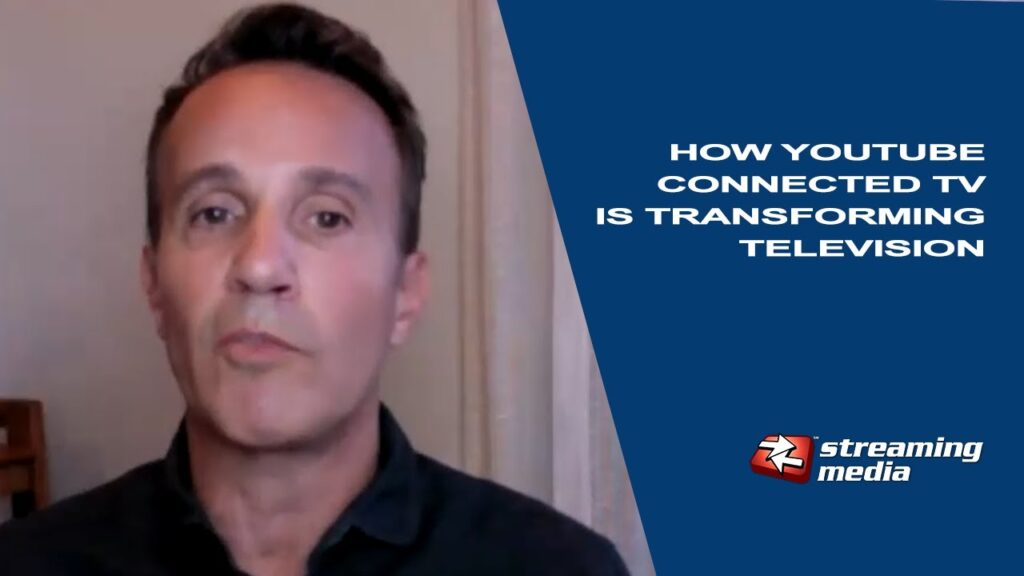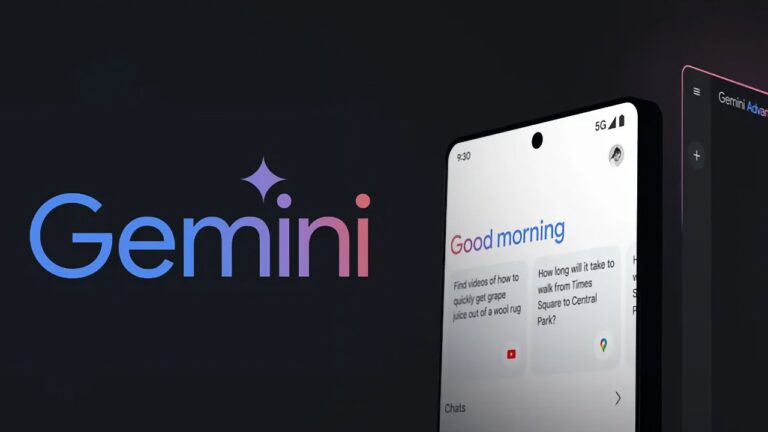
Audience
- Sentiment: Neutral
- Political Group: Neutral
- Age Group: 18-34
- Gender: Both
Overview
- YouTube TV is in negotiations with Paramount Global over content distribution and fees.
- Both companies have agreed to a short-term extension to avoid immediate blackout of channels.
- Viewers are encouraged to voice their opinions and stay informed about the negotiations.
YouTube TV and Paramount Global: What’s Happening with Your Favorite Shows?
If you’re like many people today, you probably love streaming your favorite shows online. YouTube TV is one of the most popular platforms for watching live television, and it’s got a lot of channels that many viewers tune into—like CBS, MTV, and Nickelodeon. But what happens when companies that make these channels and the streaming services that show them can’t agree on money? Well, that’s where the story of YouTube TV and Paramount Global comes into play. This article is all about what’s happening with these two big players in the streaming world, why it matters to you, and what you can do about it.
A Quick Background on YouTube TV and Paramount
YouTube TV is an online TV streaming service that allows people to watch live television without having to buy a cable package. Launched in 2017, YouTube TV quickly became popular for its ease of use, varied channel lineup, and the option to record shows and movies to watch later. As of now, there are more than 8 million subscribers who rely on this platform to catch their favorite programs.
On the other hand, Paramount Global, formerly known as ViacomCBS, is a massive company that owns numerous well-known TV channels, including CBS, which is famous for shows like “The Big Bang Theory” and “Survivor.” They also own entertainment channels such as MTV, Nickelodeon, and Paramount Network, which means they have a huge say in what kind of content you can watch.
So, when YouTube TV’s previous contract with Paramount Global expired on February 13, 2023, it created a situation where all these channels were at risk of disappearing from the platform. Luckily, both companies decided to work out a short-term extension, which gives viewers a bit more time before any big changes happen. But what does this really mean for you?
What is a Distribution Deal?
To understand the situation, let’s break down what a distribution deal actually is. A distribution deal is an agreement between a content provider (like Paramount) and a platform (like YouTube TV) that outlines how content will be shared and how much money one will pay the other. This includes everything from cable networks to digital streaming services. Usually, the content provider wants to get paid more as their channels become increasingly popular, which is where negotiations can get tricky.
Paramount Global wants to increase the fee that YouTube TV pays to carry its brand. When network viewership increases, networks often feel that they should charge more. However, YouTube TV needs to keep their prices reasonable for subscribers, which can lead to tension between both sides.
What Happens During Negotiations?
Negotiations like this can take time, and sometimes they get a lot of public attention. Paramount has been actively informing viewers about the potential for a blackout, meaning that if a deal isn’t made before the extension runs out, you could start to lose access to recorded content and even miss out on live broadcasts of your favorite shows.
It’s not super uncommon for negotiations to get heated in the world of television. In fact, we’ve seen similar disputes happen before—not just with YouTube TV and Paramount, but with other streaming services as well. Just last year, there was a dispute between HBO Max and its subscribers concerning content availability.
In those cases, the companies involved sometimes take to social media or press releases to let their audience know what’s happening. Paramount has tried to encourage viewers to make their voices heard by contacting YouTube TV to express their desire to keep Paramount channels on the service.
What’s Next?
As of right now, both YouTube TV and Paramount have not yet come to a long-term agreement, but the short-term extension means you can still enjoy Paramount channels, for the time being. This means you can keep watching everything from CBS news to Nickelodeon cartoons and MTV shows without any interruption—as long as both companies can eventually strike a deal. However, negotiation outcomes are unpredictable, and if they can’t reach an agreement, viewers may find themselves scrambling to look for new ways to enjoy their favorite content.
YouTube TV has a strong reputation for avoiding service disruptions in the past, but that can’t always be guaranteed. And as a viewer, you might start to wonder what that means for your access to shows if a long-term solution isn’t found.
Why Should You Care?
Now, you might be thinking, “Okay, but why does this matter to me?” Well, think about how often you watch CBS’s latest reality shows or the newest episodes of “SpongeBob” on Nickelodeon. If a deal falls through, you might find yourself facing a frustrating game of musical chairs when it comes to content.
Moreover, the changing landscape of television means that traditional cable is becoming less popular, as more people turn to streaming services for their entertainment needs. Deals like this can affect how we watch TV, the prices we pay, and how many services we need to subscribe to just to get the channels we want.
You also have to consider how this shift to streaming could impact the future of television as a whole. Will we continue moving further away from traditional cable, or will more people gravitate towards streaming? How can companies keep up with the ever-evolving preferences of viewers like you?
What Can You Do?
As a viewer, there are a few things you can do while we wait for a resolution to come. First, you should definitely consider letting YouTube TV know how you feel about this potential blackout. If you’re subscribed to their service, share your thoughts with them! Your opinion matters—those companies do care about what their viewers think.
You can also stay informed about the negotiations by following reliable news sources. Learning more about the issues can better help you understand what’s happening and what may come next. Keeping tabs on companies in the streaming world can also help you make educated choices about where to spend your entertainment dollars.
Lastly, if YouTube TV and Paramount aren’t able to come to a long-term agreement, consider exploring other options for watching your favorite shows. If Paramount channels are important to you, check if they’re available on other platforms, or whether you need to overlap subscriptions to catch what you need.
Conclusion
YouTube TV and Paramount Global are currently in a negotiation dance, and it’s important for viewers like you to stay informed. While the short-term extension guarantees that CBS and over 20 other Paramount channels are still available right now, the future remains uncertain.
In this dynamic world of streaming services, decisions made today can significantly affect how we consume and enjoy our favorite shows tomorrow. So, what do you think? Will you reach out to make your voice heard, or do you think it’s only a matter of time before such negotiations become a regular part of our viewing experience?
Share your thoughts in the comments below! Have you ever experienced a blackout from your favorite channels, or do you have any stories to share about cable or streaming services? Let’s hear what you have to say!






